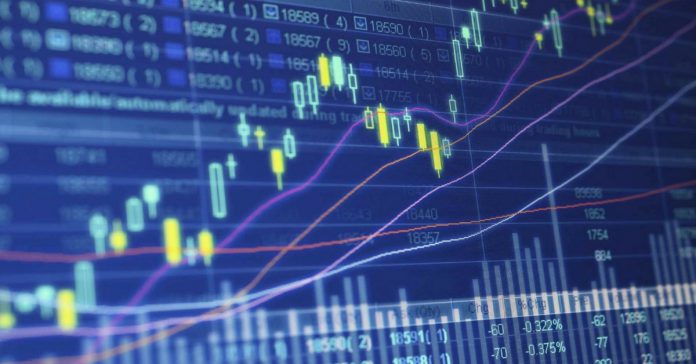The allure of trading commodities like oil and gold is undeniable. These resources not only fuel industries but also serve as investment avenues for those seeking diversification. For many, cfd trading on commodities offers an accessible way to speculate on price movements without owning the actual asset. This guide simplifies the process of trading CFDs on popular commodities, ensuring you’re well-equipped to enter the market.
Understanding CFDs in Commodity Trading
Trading CFDs allows you to speculate on price movements without buying physical commodities. With CFDs, you agree to exchange the difference in the price of a commodity from when you open your position to when you close it. This means you can profit from both rising and falling markets. For example, if you believe the price of oil will rise, you can open a long position. Conversely, if you expect it to fall, a short position might be your choice.
Commodities You Can Trade
When it comes to trading CFDs on commodities, popular choices include oil and gold. Oil is a crucial energy resource, and its price is influenced by geopolitical events, supply constraints, and demand shifts. Gold, on the other hand, is often seen as a safe-haven asset during economic uncertainty. Other commodities you might explore include silver, natural gas, and agricultural products like wheat.
Steps to Trade CFDs on Commodities
1. Choose a Reputable Broker: Start by selecting a broker offering a user-friendly trading platform, competitive spreads, and robust customer support. Ensure the broker is regulated to protect your interests.
2. Understand Market Dynamics: Keep abreast of global news and economic indicators that can impact commodity prices. For instance, tensions in oil-producing regions can spike oil prices, while currency fluctuations can affect gold prices.
3. Develop a Trading Strategy: Decide whether to go long or short based on your market analysis. Set stop-loss and take-profit levels to manage risk and secure potential gains. This approach helps you stay disciplined and mitigate losses.
Benefits and Risks
Trading CFDs on commodities offers leverage, allowing you to control larger positions with a smaller amount of capital. This can amplify profits but also increase potential losses. It’s essential to understand the risks and trade responsibly, using risk management tools provided by your broker.
In conclusion, CFD trading on commodities like oil and gold offers opportunities for profit in different market conditions. By understanding the market, choosing the right broker, and employing a sound strategy, traders can effectively participate in this dynamic market. Whether you’re new to trading or looking to diversify, CFDs on commodities can be a worthwhile venture.
How to Trade CFDs on Commodities: Oil, Gold, and More
Categories:


